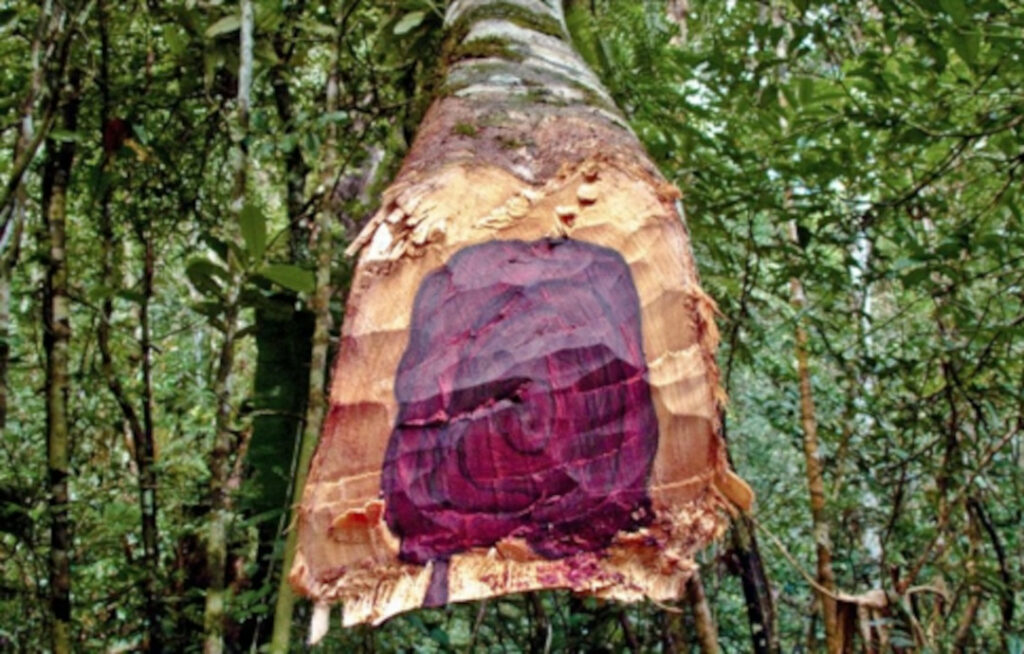
Peru
Rosewood “Palo De Rosa”
Aniba rosaeodora

General Description/Cultural Significance
Home to 13% of the Amazon rainforest, Peru has the fifth most distinct plant species of any country in the world, including plants with highly distinct aromatic and medicinal qualities. Palo de Rosa, or Rosewood, is unique out of those plants for its medicinal value and of course its aroma, making it the most culturally significant aromatic plant in Peru. The Inca Empire and Norte Chico of Peru are two of the oldest civilizations in the world. Since the 15th century, Inca healers have used Rosewood as a key ingredient in traditional medicine. In modern Peru, these practices have lived on, and Rosewood incense, extracts, and petals are used for a combination of spiritual and medicinal benefits including: preventing disease, relieving anxiety, and protecting against evil spirits. The essential oil from Rosewood bark is also used to treat “acne, colds, coughs, dermatitis, fevers, frigidity, headaches, infections, nausea, nervous tension, and wounds.”
Climate Change/Conservation Status
Peru’s ecosystem contains low coastal areas, arid and semi-arid areas, zones that are susceptible to deforestation or erosion, natural disasters, drought and desertification, highly polluted urban areas, and fragile ecosystems. These are seven of the nine characteristics which make a country vulnerable to climate change, as identified by the United Nations Framework Convention on Climate Change. Climate change is threatening the livelihoods of Peru’s millions of farmers as well. More than 80% of farmers in Peru are subsistence farmers who rely on dependable rain patterns to support their crops. However, unpredictable droughts and flooding are wreaking havoc on the industry causing increased competition over water resources and devastating crop revenues.
In 2018, Peru made a huge leap forward in conservation by creating the Yaguas National Park, effectively saving millions of acres of rainforest from development. Within the park are over three thousand species of plants and numerous peat bogs, which are incredibly helpful as a natural reducer of carbon and its dangerous impacts.
The respect for traditional healing methods and the widespread use of Rosewood in Peru may be key to either saving the Rosewood tree from the worst of climate change, or killing it off entirely. The plant is heavily overharvested for its use in traditional medicine and because it is a good source of wood for furniture, boats, canoes, and interior decorating details. As a result, Rosewood is currently on the IUCN Red List of Threatened Species. However, the indigenous communities of Peru, particularly those who still practice traditional herbal medicine, are rallying to save Rosewood. At a meeting in 2016 of traditional Peruvian herbalists, 80% said it was becoming more difficult to find the aromatic medicinal plants they needed in nature. The central causes discussed at this meeting were climate change and overharvesting.
Sources
Caribbean, E.C. for L.A. and the (2014). Climate Change in Peru Seen Affecting the Fishing, High Andes’ Livestock and Agricultural Sectors the Most. [online]
Climate Links: A Global Knowledge Portal for Climate and Development Practitioners. (2017). Climate Risk Profile: Peru. [online]

